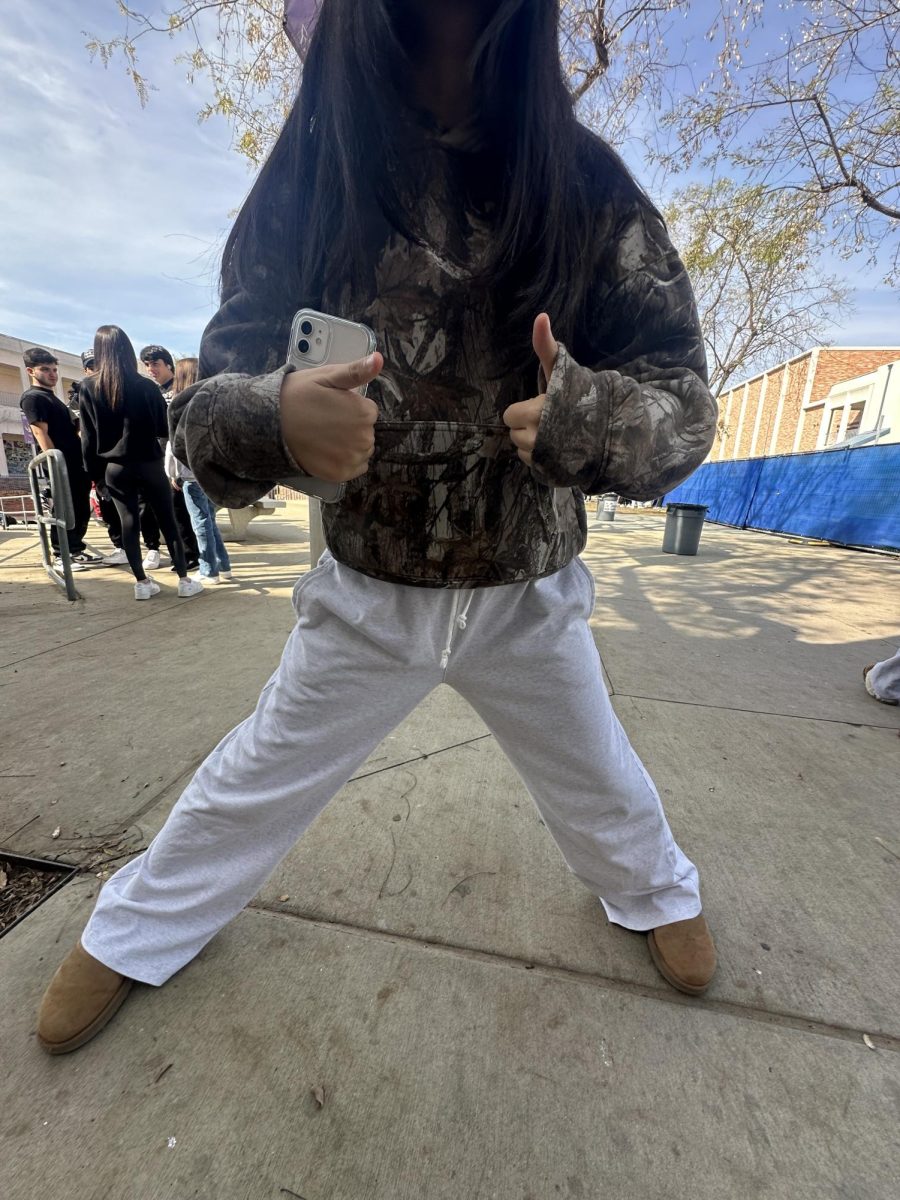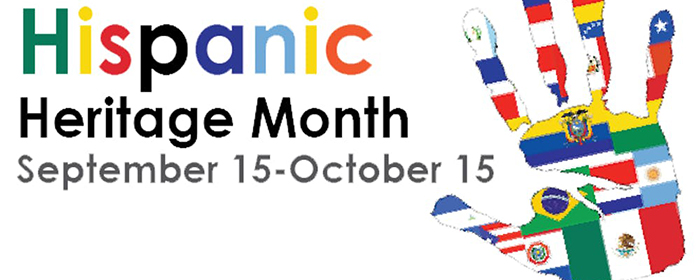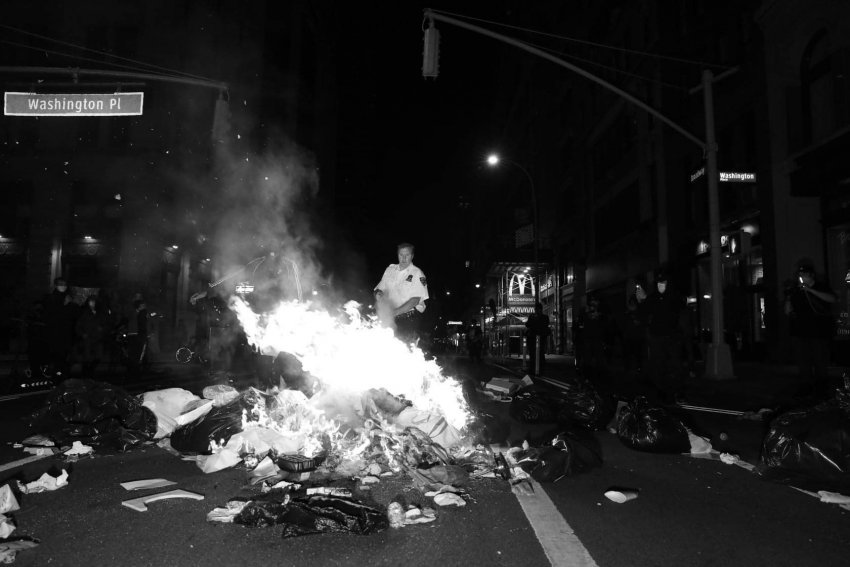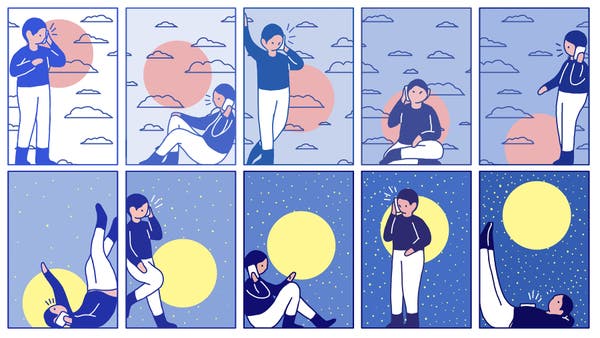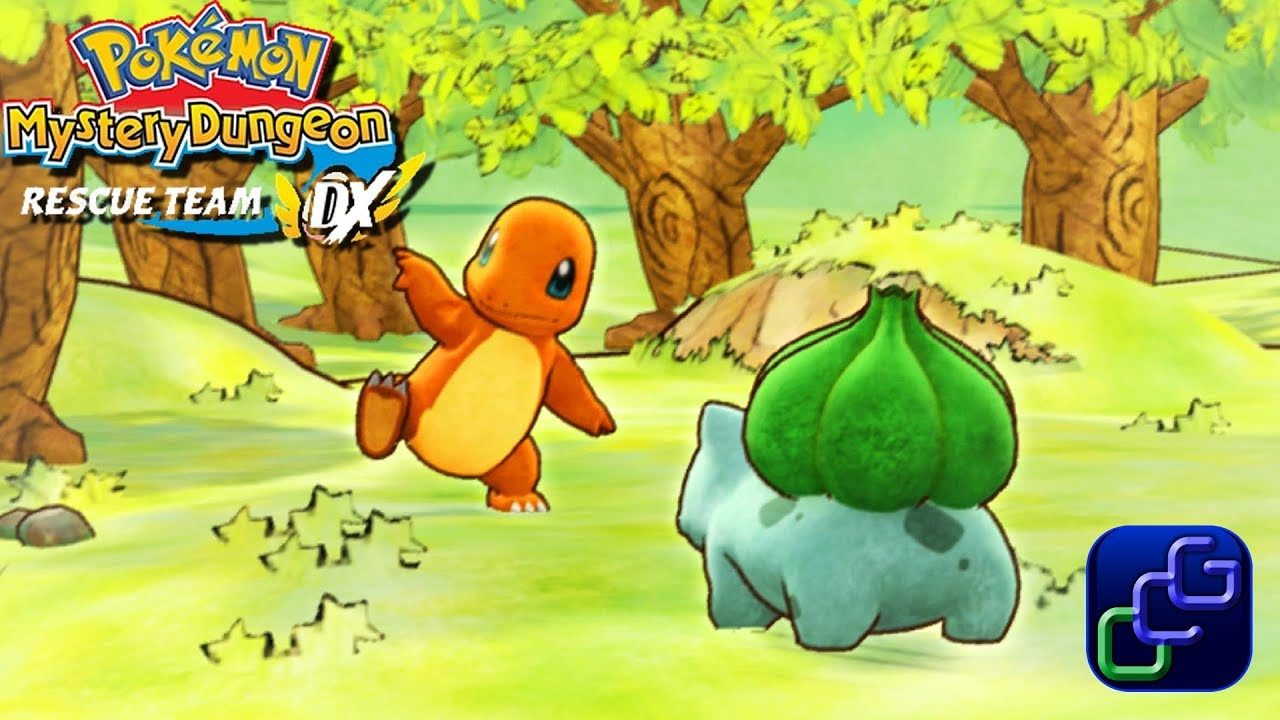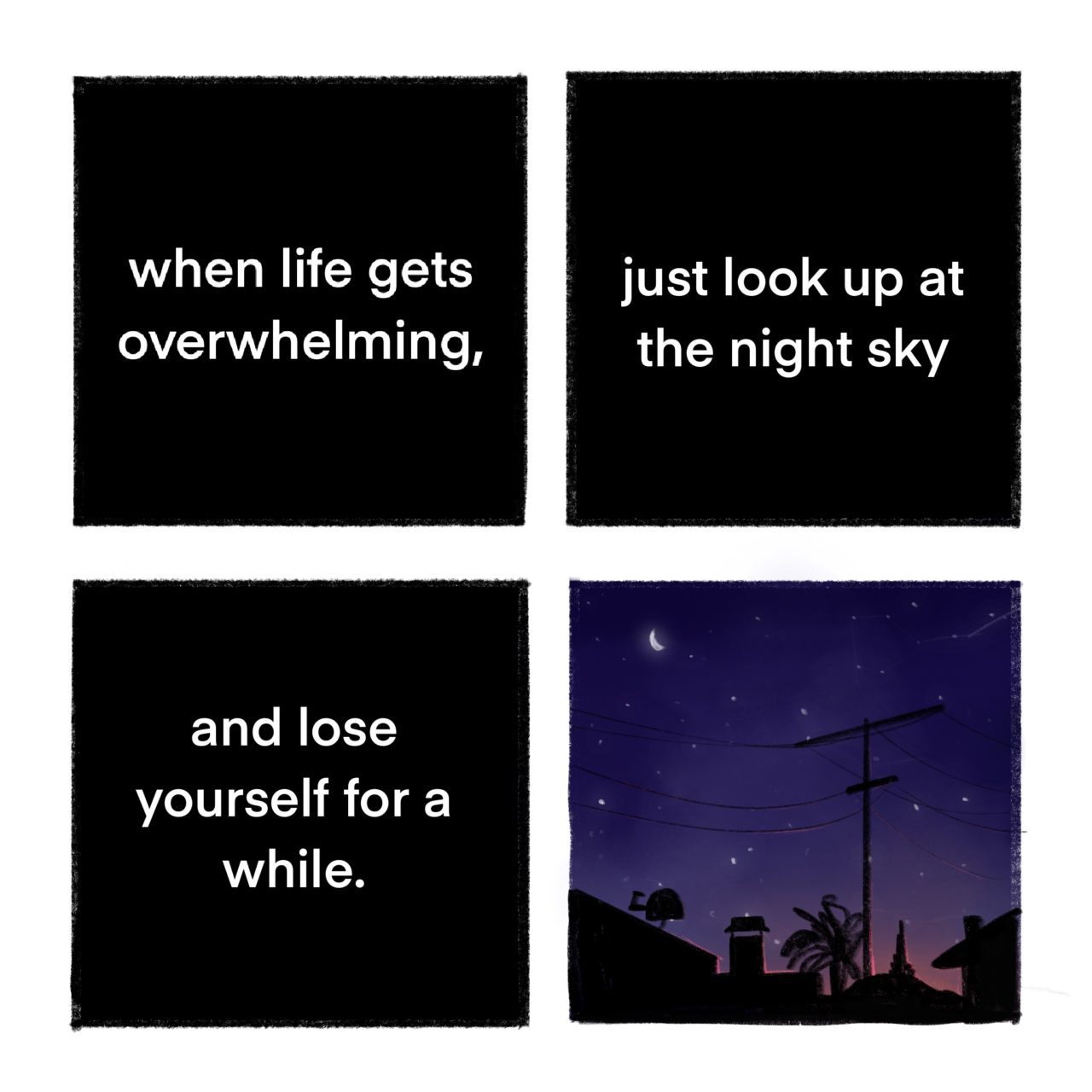Plaid is not a Fad
Plaid is one fashion trend with a unique and long history. This fashion trend dates all the way back to the 1500’s. Let us travel through the decades of plaid.
In the 1500’s plaid was worn by the Scots as a kilt or made into a blanket in order to escape the freezing temperatures.
Credits: Kiltandmore
Then plaid transferred over to a material known as tartan. Tartan was worn by the royalty and later was banned in Britain through the Dress Act in 1745 because it resembled the Scottish rebellion against the union of Scotland and England.
However, this ban didn’t last forever. In 1782, plaid tartan was brought back and were found being worn as dresses to formal occasions.
Credits: Pinterest
From Europe plaid eventually made its way to the United States where it was first worn by lumberjacks. The remarkable red and black checkered look then was eventually made into a flannel.
Credits:Pinterest
In the 1970’s plaid became more than just a fashion trend but a statement worn by women in a daring and exposing look such as a mini skirt and a simple sweater.
Credits:Zalora
This daring look using plaid made its way to the grunge era of the 1990’s. Within this era, you can find Cher’s signature look from clueless along with looks from the band Nirvana.
Credits: Pinterest
From the 1990’s plaid made its way to today. In 2019 we find plaid being worn in one of two ways. Either representing the nostalgic lumberjack look which is linked to a group of people we call “hipsters” or we see plaid being worn by women as a popped collared shirt, usually paired with pearls and a messy bun.
Credits:Missguidedus
Based on the unique yet relevant history of plaid, we can conclude that plaid was not and never will be a fad meaning a fashion trend that stays for only a short period of time.
No matter what decade it is, plaid will continue to be a fashion trend by many and most likely won’t go out of style.
Zoe Romano


